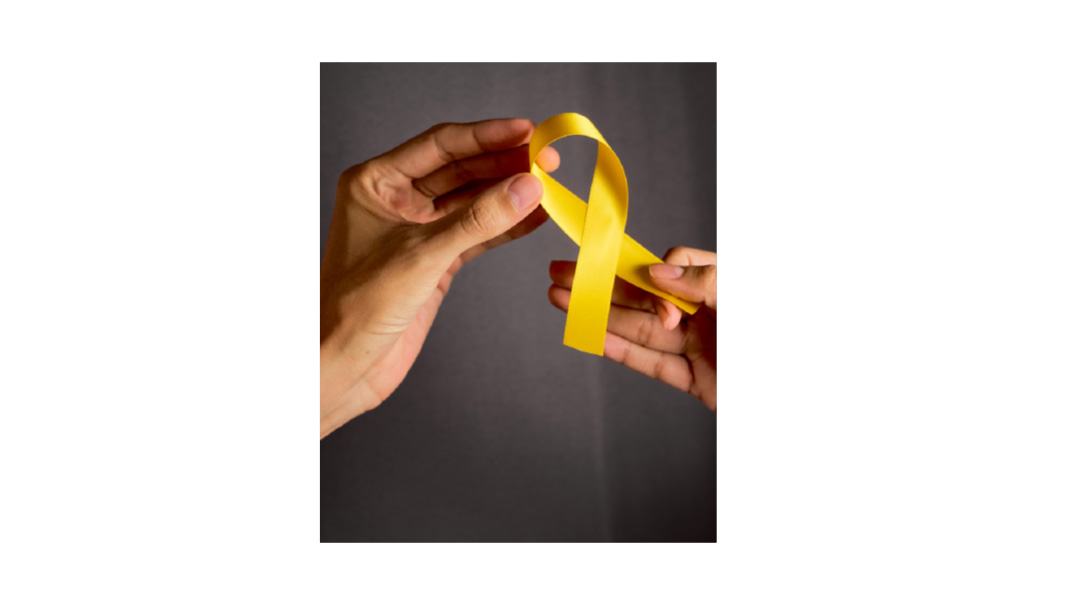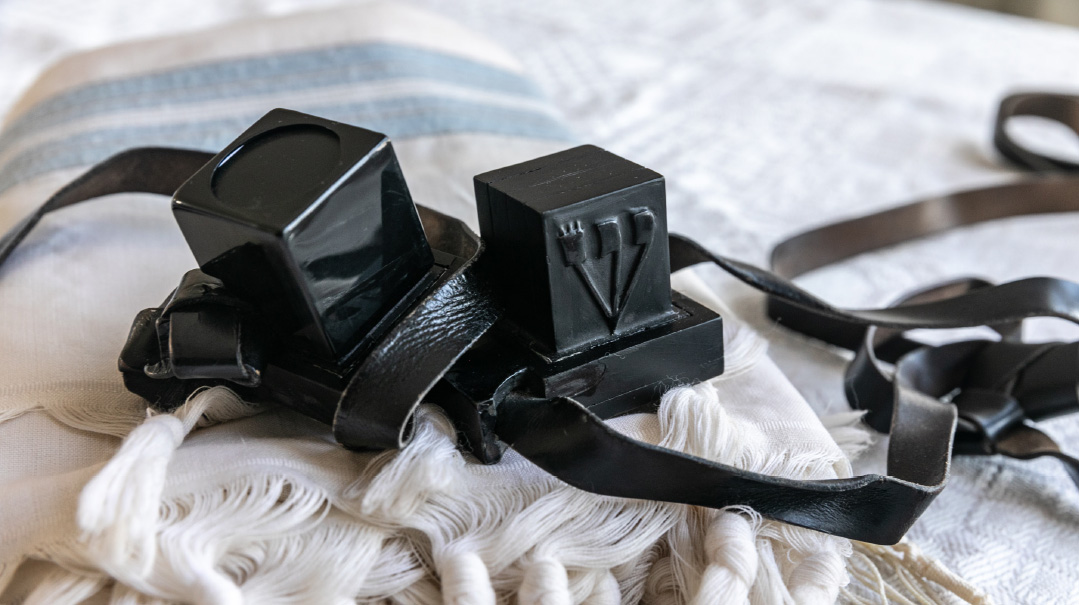Take Two
| November 19, 2024What days are you counting? Why is there a number on your shirt?

IT is day 97. Day 100. It is day 135, 201, 287, 330, 366. One year, now come and gone. It is Day 400, and all I can see in the digits pinned to my dress are two rounded, empty eyes staring at me.
In the days that became months that feel like years since I last wrote about our national counting, so much has happened, yet nothing has changed. Hostages rescued. Beeper attacks. Captive bodies recovered. Sinwar dead. Our kidnapped brothers and sisters still brutally impounded in Gaza. I so often wanted to write a sequel, to process my sentiments and share this experience, but I couldn’t bring myself to write it while we are still counting… because would I then need to write a third? A fourth? This was an enumeration I would not contemplate.
Until I couldn’t hold it in any longer. It must be noted, discussed, broadcast. Wearing the count of each war-day’s number is keeping track of how many days and nights the hostages have been confined and captive, and noting each morning that our world has changed. This small act has become part of me. It is in my morning routine. Wake, wash, dress, affix. Each day, every day. It is a part of me now.
Some months in, I began appending the word “Day” to the counted number, which seemed to attract more people’s attention. What days are you counting? Why is there a number on your shirt? What is Day 178? I have a prepared answer, formulated with intent and focus after some bungled utterances when I was caught off guard. Now it’s well memorized and quickly available: It’s how many days Israeli and American hostages have been held captive by Hamas. (I added “American” to help make a connection to my inquirer here in the US; perhaps they would care more if it felt closer to home.) This retort mostly surprises my audiences, not just because it’s an unexpected response, but because the number is always so high: 147, 233, 312, 399. Has it been that many days? I nod yes, saddened by the world’s oblivion.
By now, I’ve been questioned by many. One of the first was a Filipino cashier who waited until he finished checking me out to ask its significance, stopping what he was doing to make direct eye contact and give me his full attention. I felt that he already knew. The Black phlebotomist with a deep, Southern drawl asked inquisitively, as she prepped my arm for a routine blood draw. She likely expected a trite answer, but instead launched a conversation about Hamas’s terrorism, of which she knew nothing. The young receptionist who sees me regularly, and finally greeted me one morning with, “I’ve been meaning to ask….” A middle-aged doctor, who outed her Jewishness by commiserating on the misaligned world sympathy and egregious collegiate behavior. One smartly dressed woman stopped me to quip about a kindergarten project being stuck to me, but quickly hushed and sorrowed as I explained. She shared that she was Jewish, too, and had packed bags of supplies in her Temple to send to Israel.
Most responses have been sympathetic, commiserative. “It’s awful what’s going on.” “My prayers are with your people.” “The world doesn’t understand.” “It’s sickening.” I’ve caught knowing glances from strangers who simply point to their own chests and nod in acknowledgement and solidarity. And others who laud my efforts, say they’re rooting for us. Many of these strangers are of various nationalities, backgrounds, and ages. But sometimes, my counting explanation has been met with pursed lips and silence, and the message from these younger individuals is loudly conveyed.
Rachel Goldberg-Polin started our communal counting at Day 100. Three hundred and twenty-nine days in, we wept and wailed with her when her beloved Hersh was found brutally murdered with five other hostages, after surviving nearly 11 months of hellish captivity. Even though she has now buried Hersh, Rachel still counts for the other hostages who remain in Gaza. As do I.
I continue to count because it brings an awareness to those who don’t know and is a reminder for those of us who’ve sadly slipped back into our routine lives. I am still counting because it has inspired others to take on the tape count too, uniting us as sisters in this miserable sojourn.
But mostly, I keep counting because… how can I stop? My friends in shul commend me for “still doing it,” even every Shabbos and Yom Tov, when I fasten that day’s number (prepared the day before) to my dress with a yellow ribbon pin. As much as our own routines have resumed, the hostages’ lives have been stolen. For this many days and counting. Other than praying, what else can I do? I can count each day, with and for them.
Why do we count? As Jews, it is ingrained in us; right in the beginning, Hashem created the world by counting the days. We understand counting; it is part of our daily lives, our culture, our history. Counting gives us something to hold on to, something to look forward to. By counting, we acknowledge the meaning and the power of each day. By counting, we recognize that there is a beginning, and have faith that there will be an end.
After more than 300 days of counting (having started at 100), the strips of tape trail through my home. A column of numbers now clings to the edge of a bathroom cabinet door, where some have collected as I remove them at day’s end. Others adhere to a closet drawer. Yet I find more in unexpected places, constantly: Day 278 is on my laptop. Day 172 was on my daughter’s bed. Day 369 has made its home on a desk shelf. Days 297-318 pockmark the cover of a plastic folder that traveled with us this summer and could not be left behind. And sometimes, I pull a shirt from the shelf to find a number has survived the tumultuous mayhem of the washing machine, or a Shabbos dress still has one pinned hopefully to it, like the light-pink, floral frock that’s forever 155.
And my wall? My kitchen wall is plastered with pieces of tape, pressed into any small space I find, like precious kvittlach pushed into the Kosel wall. Yet with passing time and quick adherence, I no longer see just tape. Instead, I see their skin-toned edges curling up to me, each a pair of outstretched arms, arms both pleading for salvation and wretchedly waiting to receive, embrace, and finally welcome home.
(Originally featured in Mishpacha, Issue 1037)
Oops! We could not locate your form.






